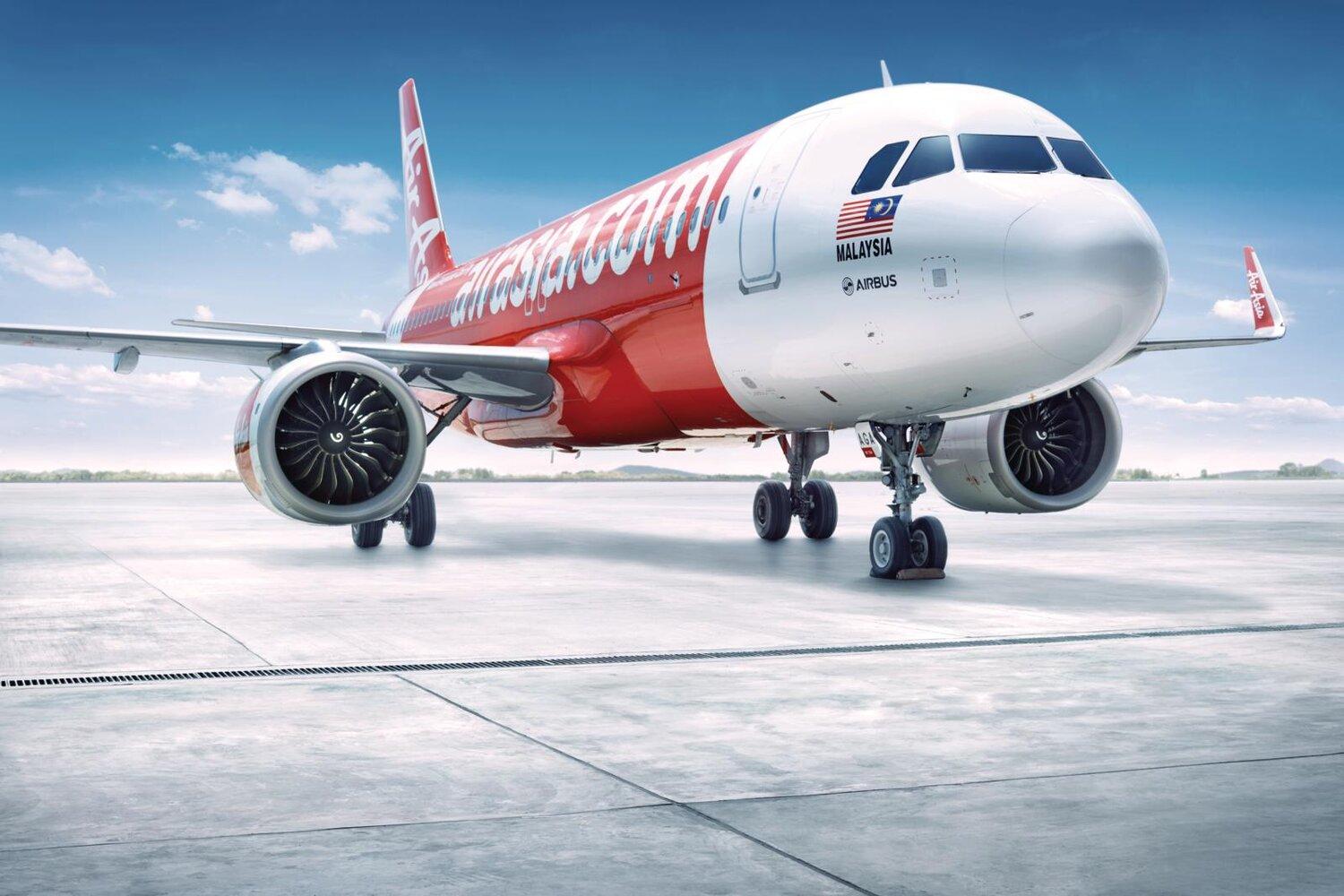
This week’s Flight Friday looks at the return of Asia-Pacific region operators (excluding China and India) to pre-pandemic levels of utilization.
Asia-Pacific has been well-documented as a region that has taken a little longer than others to return to a 2019 level. The “lag” within the market, in part, has been heavily influenced by the effect that China has on the region as a whole.
In a similar pattern to other parts of the world, the regional aircraft were the first to pick up flights, as a more localized travel pattern developed. By early 2021 both regional jets and turboprops had returned to equivalent 2019 flights. Regional aircraft, especially turboprops, have begun to thrive within the region, and are at levels 20% higher than the equivalent month in 2019.
Narrowbody and widebody aircraft have taken longer to return to 2019 equivalent levels, however. February 2024 was the first time that both aircraft classes returned to 2019 levels (possibly helped in part due to the “leap day” in 2024). The other significant shift in utilization occurred after China abolished its zero-COVID policy at the end of 2022. Narrowbodies saw a rise in almost 10% in the space of a month, as more people were allowed to travel more.
Now that the Asia-Pacific region has achieved 100% across the board, we now have a new benchmark utilization within the region to work from.
This data was put together using Aviation Week’s Tracked Aircraft Utilization tool.





